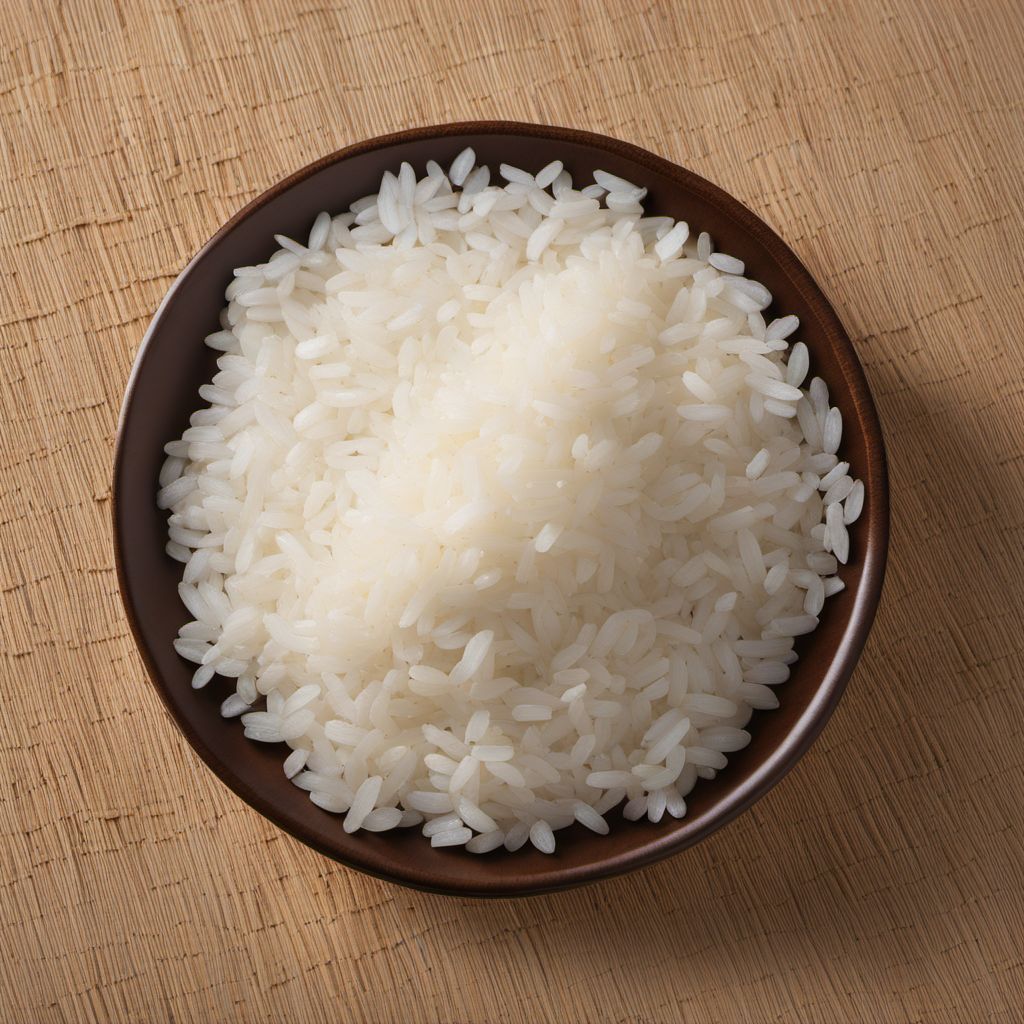
Ingredient
Rice grain, glutinous
The Sticky Wonder: Unveiling the Versatility of Glutinous Rice
Glutinous rice, also known as sticky rice or sweet rice, is a type of rice that becomes sticky when cooked due to its high amylopectin content. It has a slightly sweet flavor and a chewy, sticky texture. Glutinous rice is commonly used in Asian cuisines, particularly in dishes such as sushi, rice dumplings, and desserts. It is also a popular choice for making rice flour and rice cakes.
Origins and history
Glutinous rice has a long history and is believed to have originated in Southeast Asia. It has been cultivated for thousands of years and is a staple food in many Asian countries. Glutinous rice is particularly important in Thai, Chinese, and Japanese cuisines, where it is used in a wide variety of dishes. It is often associated with festive occasions and is an essential ingredient in traditional recipes.
Nutritional information
Glutinous rice is a good source of carbohydrates and provides energy. It also contains small amounts of protein and dietary fiber. However, it is important to note that glutinous rice is higher in calories compared to regular rice due to its higher starch content.
Allergens
May contain gluten.
How to select
When selecting glutinous rice, look for grains that are opaque and have a pearly appearance. Avoid rice that appears dull or has a yellowish tint, as this may indicate poor quality. Opt for rice that is free from impurities and has a fresh, clean aroma. It is also recommended to choose rice that is labeled as new crop" or "recent harvest" for the best quality."
Storage recommendations
To keep glutinous rice fresh and maintain its sticky texture, store it in an airtight container in a cool, dry place. Avoid exposing it to moisture, as this can cause the rice to spoil or become moldy. It is also important to protect it from pests, such as insects or rodents. If stored properly, glutinous rice can last for several months.
How to produce
Glutinous rice is typically grown in paddy fields and requires specific growing conditions. It is best suited for cultivation in warm and humid climates. If you are interested in growing your own glutinous rice, you will need to ensure that you have access to the right climate and sufficient space for cultivation. It is recommended to consult with local agricultural experts or farmers for guidance on the cultivation process.
Preparation tips
Glutinous rice can be prepared in various ways depending on the desired dish. It can be steamed, boiled, or cooked in a rice cooker. Glutinous rice is commonly used to make sushi, rice dumplings, and sticky rice desserts. It can also be ground into flour and used in baking or as a thickening agent in soups and sauces. In Thai cuisine, glutinous rice is often served with mango as a popular dessert.
Culinary uses
Glutinous rice is widely used in Asian cuisines, particularly in dishes from Thailand, China, and Japan. It is a staple ingredient in sushi, rice dumplings, and various desserts. Glutinous rice is also used to make rice flour, which is used in a variety of Asian sweets and pastries.
Availability
Glutinous rice is commonly available in Asian grocery stores and specialty food markets. It can also be purchased online from various retailers. It is primarily cultivated and consumed in Asian countries such as Thailand, China, Japan, and Vietnam.
More ingredients from this category
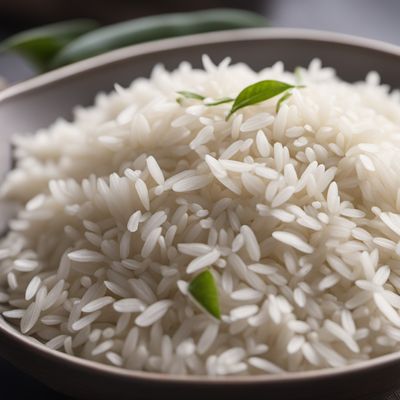
Rice grain, long-grain
The Elegance of Long-Grain Rice

Rice grain, polished
The Shining Jewel of Grains
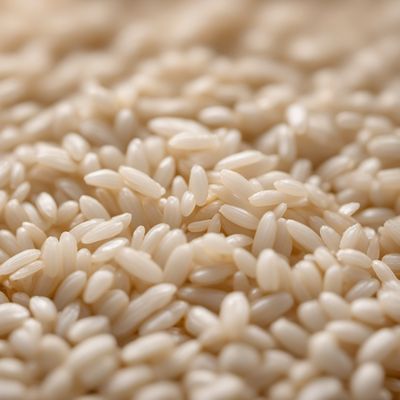
Rice grain, parboiled
The Golden Grain: Unlocking the Secrets of Parboiled Rice

Rice grain, red
The Vibrant and Nutritious Red Rice Grain

Rice grain, brown
The Nutrient-Packed Grain: Brown Rice
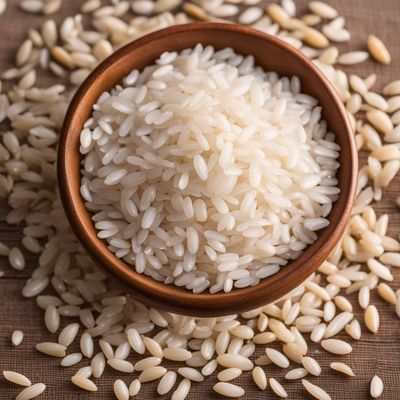
Rice grain, mixed
The Versatile Grain
Recipes using Rice grain, glutinous » Browse all

Kerak Telor - Indonesian Spiced Omelette Rice Cake
Spiced Delight: Kerak Telor - A Flavorful Indonesian Rice Cake
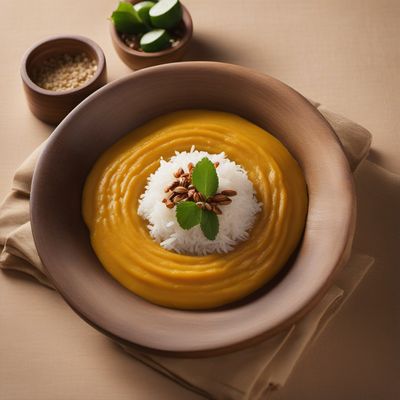
Coconut Sticky Rice with Pumpkin Custard
Thai Delight: Creamy Coconut Sticky Rice with Pumpkin Custard

Xôi vò with Coconut and Mung Bean Filling
Coconut Bliss: A Delightful Twist on Traditional Xôi Vò
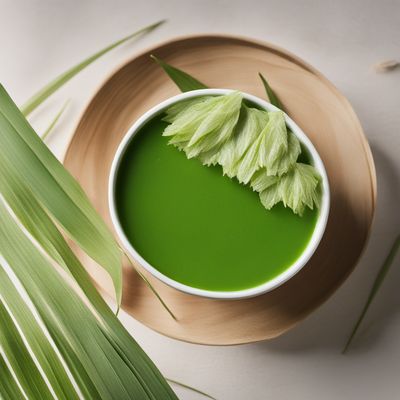
Kuih Serimuka with Pandan Custard Layer
Pandan Delight: A Malaysian Sweet Treat
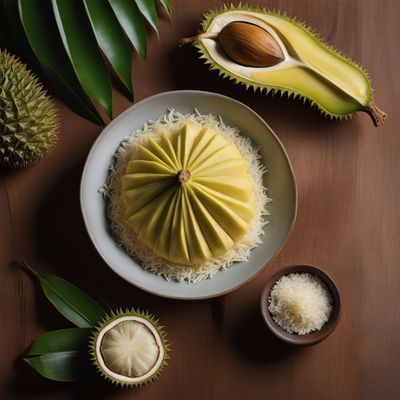
Pulut Durian Delight
Divine Durian Sticky Rice

Hininy with a Twist
Coconut-infused Delight: A Modern Twist on Hininy

Traditional Bánh Chưng Recipe
Hearty Rice Dumplings: A Vietnamese Delicacy

Lao Coconut Sticky Rice
Coconut Bliss: Lao-Inspired Sticky Rice Delight
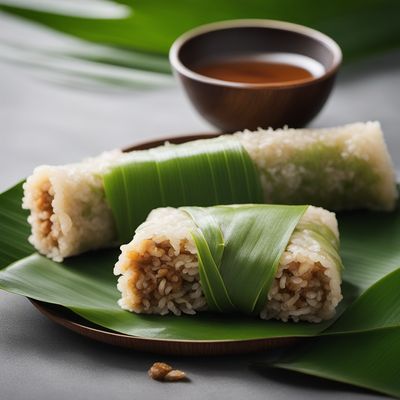
Coconut Rice Rolls with Sweet Filling
Tropical Delight: Coconut Rice Rolls with a Sweet Surprise
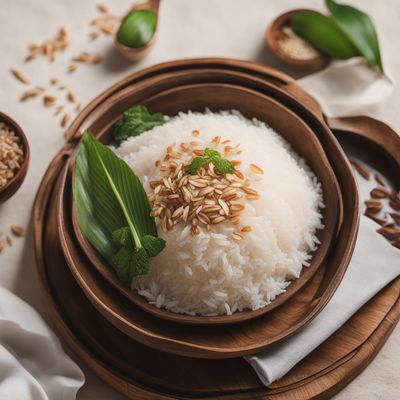
Yunnan-style Sticky Rice with Coconut Milk
Coconut Delight: Yunnan's Irresistible Sticky Rice

Steamed Sticky Rice with Assorted Fillings
Savory Delights: Steamed Sticky Rice Parcels with a Burst of Flavors

Grilled Chicken Thighs with Sticky Rice Dumplings
Savory Grilled Chicken Delight with Sticky Rice Dumplings